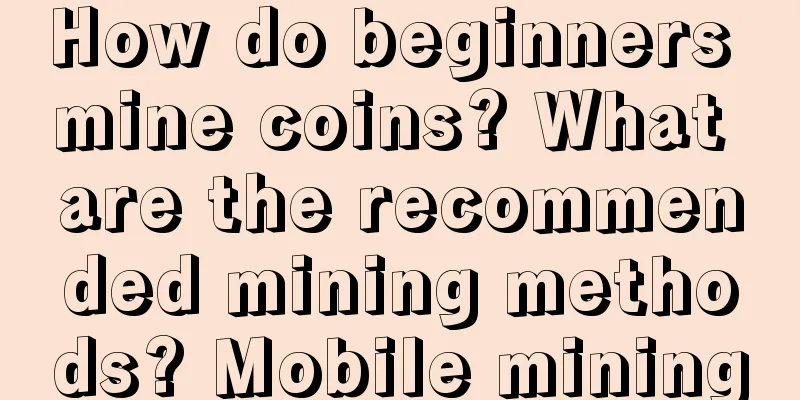Six months after the ban was lifted, most Indian investors "still can't find a shortcut to enter the crypto market"

|
A comprehensive survey by Indian cryptocurrency exchange CoinDCX found that most Indian investors cannot find “shortcuts” to using crypto assets, despite India reversing a ban on financial institutions servicing digital asset businesses earlier this year. According to the CoinDCX exchange’s survey results, 56% of respondents under the age of 40 claimed that they still “can’t find a quick way to enter the crypto market.” 60% of respondents with an annual income of less than 500,000 Indian rupees ($6,700) held the same view. Most Indians also believe that lack of “legal and regulatory clarity” is the biggest barrier to entering the crypto space, with 22% of respondents aged 40 or above, 32% of college students and 23% of real estate investors holding this view. College graduates and respondents between the ages of 20 and 30 cite “knowledge and education” as the biggest challenge to cryptocurrency adoption. For the survey, CoinDCX questioned more than 11,300 participants in the digital asset space, including 3,512 of the exchange’s own customers. Challenges facing cryptocurrency adoption in India: CoinDCX survey The survey results show that 40% of cryptocurrency investors in India come from one of the three major professional backgrounds: IT, finance, or education. 12% of respondents working in banking said they already hold crypto assets, and 22% believe that virtual currencies are a strong alternative investment option, suggesting that cryptocurrencies could be a growth area in India. Nearly two-thirds of cryptocurrency investors are salaried, 12% are self-employed, and only 8% are students. Despite the small number of students holding cryptocurrency, 87% of cryptocurrency holders are at least college graduates. Interestingly, apart from the less than 5% of retirees, unemployed people or housewives who claimed that cryptocurrencies have “zero utility,” few respondents were willing to give up crypto assets completely. Among them, college graduates accounted for less than 1%. In July 2018, the Reserve Bank of India issued a ban prohibiting banks from providing financial services to businesses dealing with crypto assets, and in May this year, the Supreme Court of India lifted the ban. While many cryptocurrency companies continue to complain about banks’ reluctance to work with them, India’s virtual currency sector has expanded significantly since the first quarter. India has become a major peer-to-peer Bitcoin trading market, local exchange Zebpay revealed its plans to launch a non-fungible token market, and Binance launched a local accelerator program for decentralized finance projects. |
<<: Blockchain technology empowers credit supervision in the information and communication industry
>>: BTC shorts are unscrupulous and take advantage of Grayscale's holiday
Recommend
Which parts of the face have moles that bring good fortune?
Many people care about their appearance. In their...
What effect does wearing large hoop earrings have on the fortune of women?
Everyone has a love for beauty. In order to satis...
What is the palmistry of short little fingers? Palmistry of short little fingers
What does a short little finger look like on the ...
What does a mole at the corner of the eyebrow mean? Are men with moles on their eyebrow corners good?
Many moles on the face will affect one's dest...
Nasal lines Physiognomy features Two nasolabial lines are good
When a person reaches a certain age, he will actu...
The joy and sorrow of Bitcoin players
History always repeats itself surprisingly, with ...
Where is the Mount of the Moon in Palmistry? What does the Moon Hill represent?
Where is the Mount of the Moon in Palmistry? What...
What are the facial features of a woman who marries well?
For some good women, in fact, many aspects of obe...
Qtum receives $1 million in funding, with many industry celebrities participating
On January 9, 2017, Qtum, the world's first s...
These types of mouth shapes are born with good luck
In physiognomy, the mouth is the cashier, in char...
The facial features of people with the best talent for painting
Speaking of painting, this thing, like many other...
Judging your future spouse from the appearance of your nose
It is necessary for men to get married when they ...
Is a man with a hooked nose good or bad? What is his personality like?
1. Good at observing people’s words and expressio...
How to read the love luck in palmistry
How to read the love luck in palmistry Bump under...
Left or right? Analyzing the US crypto regulatory policy in 2021
Source: Ostrich Blockchain, author: Chen Yiwanfen...









